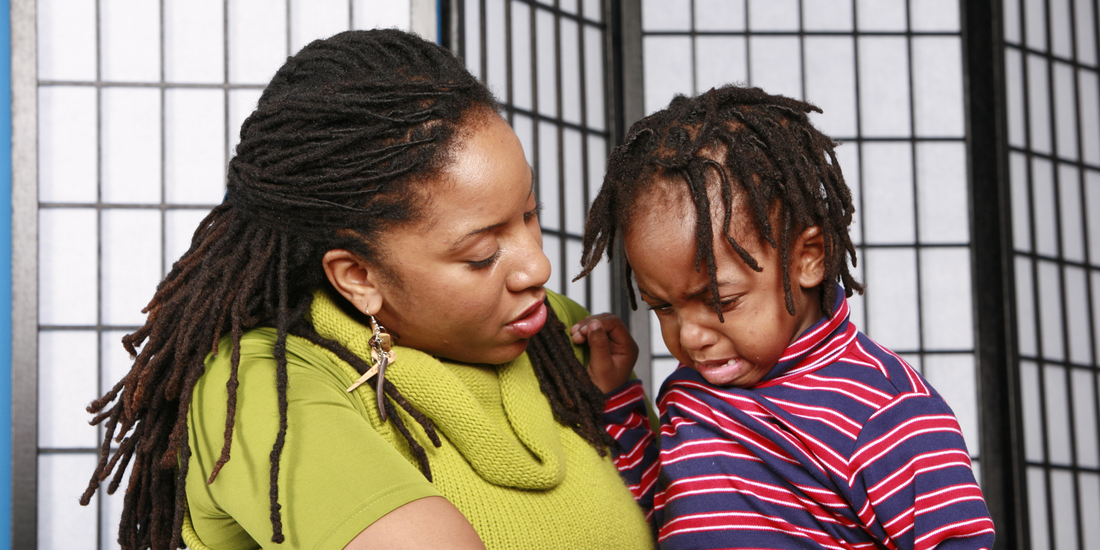Answers to common questions about handling a child’s angry behaviors. From, “How do I know what is normal?” to “My child gets very physical – what should I do?” to “I’ve already tried to be proactive, but my still has angry outbursts. Now what?”, we address the many unique situations and outbursts that can often feel frustrating and confusing to both you and your child.
Learn
As you help your child’s brain and body emotionally and physically process their anger and work with your child to implement strategies and tools to help them, there will likely still be many moments that leave you wondering what to say and do. Learning from these frequently asked questions may help.
I’ve tried to be proactive in noticing my child’s triggers, but what if they still have an explosive anger outburst?
Anger is normal. While prevention through identifying patterns and building emotional regulation skills is the first priority, children will still have big anger outbursts.
- Once a child is at the point of being explosive, then it can be too late to do anything since the child has limited access to rational, flexible thinking.
- Staying with your child, not only for physical safety reasons, but also for emotional safety, is key. Your child needs to know that their parent is present and there for them as a caring support throughout their emotional difficulties.
When my child is angry and I try to help them calm down, they get more upset. Why does this happen?
Some children are able to calm down when given cues to take deep breaths or use another strategy. Cues are most effective when talked about and practiced in advance.
Other children lash out even more when parents suggest a calming tool or provide a distraction because they are not able to access their thinking brain.
The important thing is to be attuned to know what is best for your child. Put an individualized plan in place for when they get angry based on their behavior patterns and what they respond to in order to calm down.
My toddler gets very physical when angry, what should I do?
You can try to:
- Physically move your child to a safe place (to an area where there is a rug or cushions); and/or
- Help stop their body from being harmed (by placing a pillow between them and the hard surface or the parents themselves putting their bodies between the toddler and the wall, etc). Of course, this is not always safe for parents, as they are at risk of being head-butted, kicked, hit, etc., but it reduces the level of risk for the child.
When you notice that your child is escalating, it is a good idea to do a quick safety scan of the environment and remove anything that could be potentially dangerous if knocked down, thrown, or kicked.
Is it okay to have my toddler take their anger out in a way that is physical, but doesn’t hurt anyone or anything?
If younger children are being aggressive or taking their anger out on others (e.g., hitting, kicking, biting), you can teach them to redirect their energy by stomping their feet, jumping up and down, hitting a pillow, clenching their fists, or growling like a bear. These are all safer ways to express their anger while still acknowledging the big, physical sensations they are experiencing when angry. Children’s expression of anger varies.
My school-aged child gets physical when angry and I can’t physically move them, what should I do?
If you are beginning to see patterns of unsafe behavior, then it is critical to speak openly to your child about their emotions, their safety and past situations. It is also beneficial to put an emotional regulation plan in place, including increasing emotional awareness, vocabulary and calming strategies.
If an older child exhibits frequent unsafe behaviors, then this may be cause for concern and parents should seek professional support in order to establish an individualized safety and/or behavior plan.
What can I say if my child is angry, but I think they may be receptive to de-escalation strategies?
- “Let’s take a deep breath. I’m doing ‘smell a flower’ and ‘blow out a candle’. Can you do it with me?”
- “Can you tell me how you are feeling?”
- “Let’s go to your room and take a break.”
- “Let’s go to your calming corner.”
- “Let’s count backwards from 5. “5-4-3….”
- “Let’s take a walk.”
- “Here’s your ‘Froggy’ (or the name of your child’s favorite stuffed animal). Your ‘Froggy’ loves you and wants you to feel safe.”
Continue learning from a child development expert who specializes in social communication and emotional regulation with our comprehensive anger management series:
